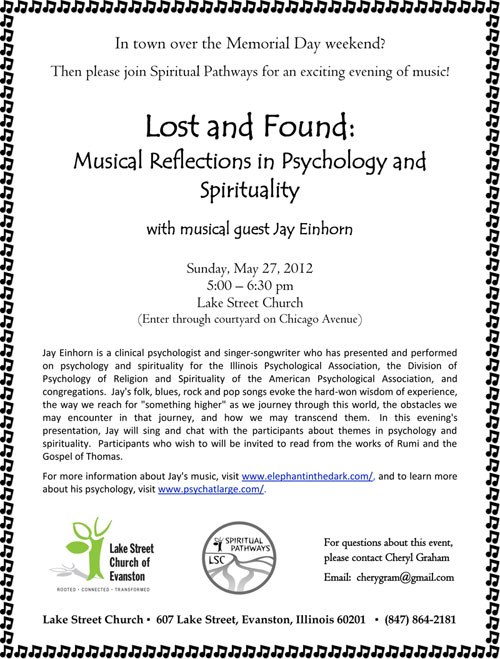Varadajara (“V. V.” to his many friends) Raman is a scientist, religious scholar, teacher, writer, poet, mystic, and no doubt has more accomplishments I don’t know about. I had the privilege of meeting V. V. at the 2009 conference of the Institute for Religion in an Age of Science (where my daughter remembers him doing a stand-up comedy routine at the talent show). He sent out this reflection on becoming 80, reposted here with permission. More on V. V. at http://en.wikipedia.org/wiki/Varadaraja_V._Raman/.
Following many ahead of me while others are following my chronological footsteps, by calendrical reckoning I am now an octogenarian: a stage I never consciously contemplated being in or worked towards reaching. This is no personal achievement, but the result of fortunate circumstances that have shaped my physical and mental states. I don’t regret this transition to what could be a stepping stone to senility: the alternative would have denied me an opportunity to write this note.
We are all born with the possibility for gradual growth from infancy to adulthood, from middle age to possible senior-hood if we dodge the pitfalls that eventually take us to the (for me) Unknown and Unimaginable states.
As to my years thus far on the Blue Planet, I have had my joys and sorrows, laughter and tears, families and friendships, hopes and disappointments, challenges and frustrations. Above all, throughout my life I have been blessed with lots of love and affection and kindness from countless sources, and with a capacity to enjoy and create wit and humor. So I have little to complain about the years that have elapsed in my world of experience, and much, much to be thankful for.
I have been in many phases of creature-conveniences. I remember nights lit by kerosene lamps in a remote village in India, and long-distance rides in bullock carts on bumpy roads. I have used pens with nibs dipped periodically in black and red inkpots, and used blotting papers to dry the wet scripts. I have typed on mechanical typewriters with ribbons and carbon papers for copies, and multiplied four-digit numbers mentally, without calculators. I have greeted school teachers when they entered the classroom by standing up respectfully with fellow students.
I have lived and taught in five continents, conversed in a dozen languages, read grand poetry, listened to glorious music, and worshiped in scores of places of different faiths. These are some of the delights I have had.
I have watched history unfold on the grand canvas: I recall when World War II broke out. I saluted the waving tricolor when India re-incarnated as a modern nation in 1947. I have read news about the eruption and erasing of many wars and conflicts, the birth of new nations, the tumbling of dictators, the rot that followed some revolutions, the rise and receding of the Cold War, the full emancipation of millions, the gradual dilution of cultural identity of nations with open doors for immigrants, the tottering resurgence of ancient civilizations aspiring for global stature, and the sunset of superpowers. I have observed positive transformations as well as regressions in societies, the upswing and fall of economies. I have shared the dream of the atomic nucleus eventually answering humanity’s energy needs, and now I see that dream is shattered. I have witnessed the creation and wonders of technology, and also possibility of Rachel Carson’s silent spring. I have seen science on a prestigious positivist pedestal, and regretted its dethronement from its epistemic supremacy. I have seen religion at its best as inspirations for love and charity, and its degeneration to bigotry and hate, anti-science rhetoric and mayhem with the invocation of God’s greatness.
As the tireless tick of cosmic time keeps advancing, here on earth new knowledge and insights are continuously emerging, new works of art and poetry and music are created, new experiences and possibilities are coming within reach of more people, if not of everyone. But as a species we are also facing challenges to our very survival. Aside from the dangers lurking in our physical environment, there is ubiquitous ideological rancor among contending claimants to Truth and Right Answers on virtually every plane of human pursuit: political, religious, economic, doctrinal, and more. Mass education there surely has been, but somehow the soil of current human societies seems to lack what it takes to produce leaders with charisma and vision to urge the billions towards greater harmony, or to inspire them to break off from the fetters of circumscribed religious outlooks, cultural chauvinism, and unending reminders of historical injustices whose effect is to perpetuate acrimony and fan irate feelings towards the other.
As I approach the closure in the temporal bracket of infinity wherein I am privileged to reflect, I wish the very best for the generations that are at the threshold and at the peak of their lives. I am tentatively confident that they will manage the affairs of the world one way or another, and not allow the spark of human life to be extinguished from the planet before the Sun does it a few billion years hence. Though as a scientist I have serious doubts about this ever coming to pass, thanks to my religious inclinations, I nurture the hope that peace and mutual understanding, caring and social justice will eventually prevail everywhere in the world. Unless hope transgresses the bounds of visible reality, there will be only despair and depression which I refuse to yield to. In the time left for me to still be kicking around I will continue to do my little towards actualizing that goal.
V. V. Raman
May 28, 2012
